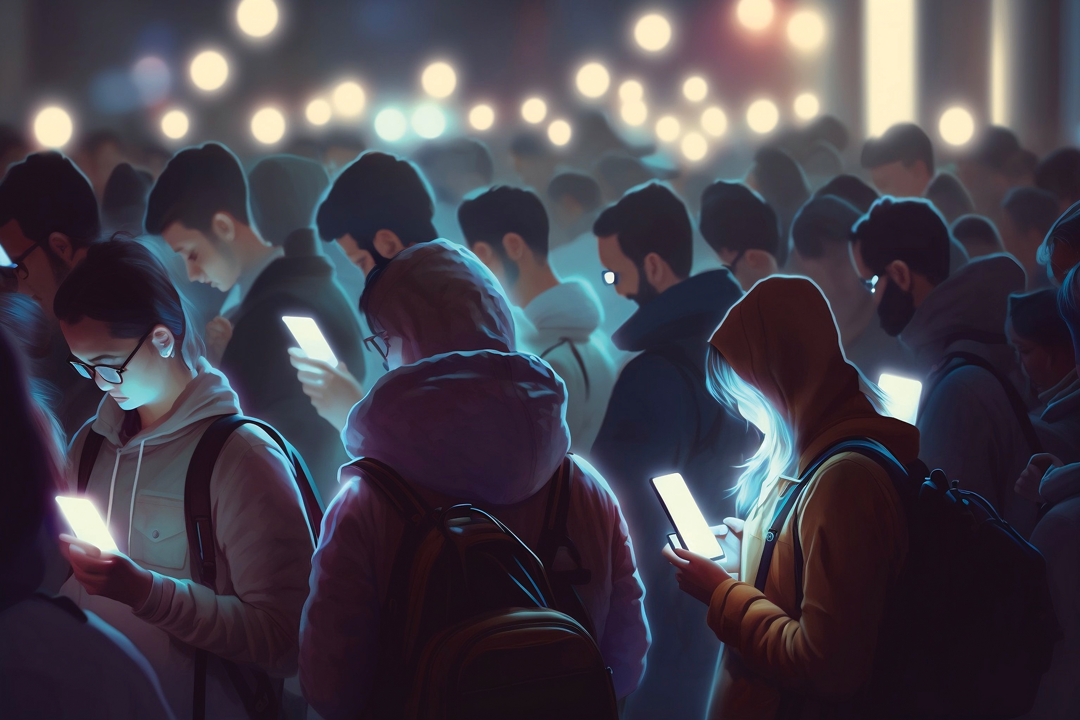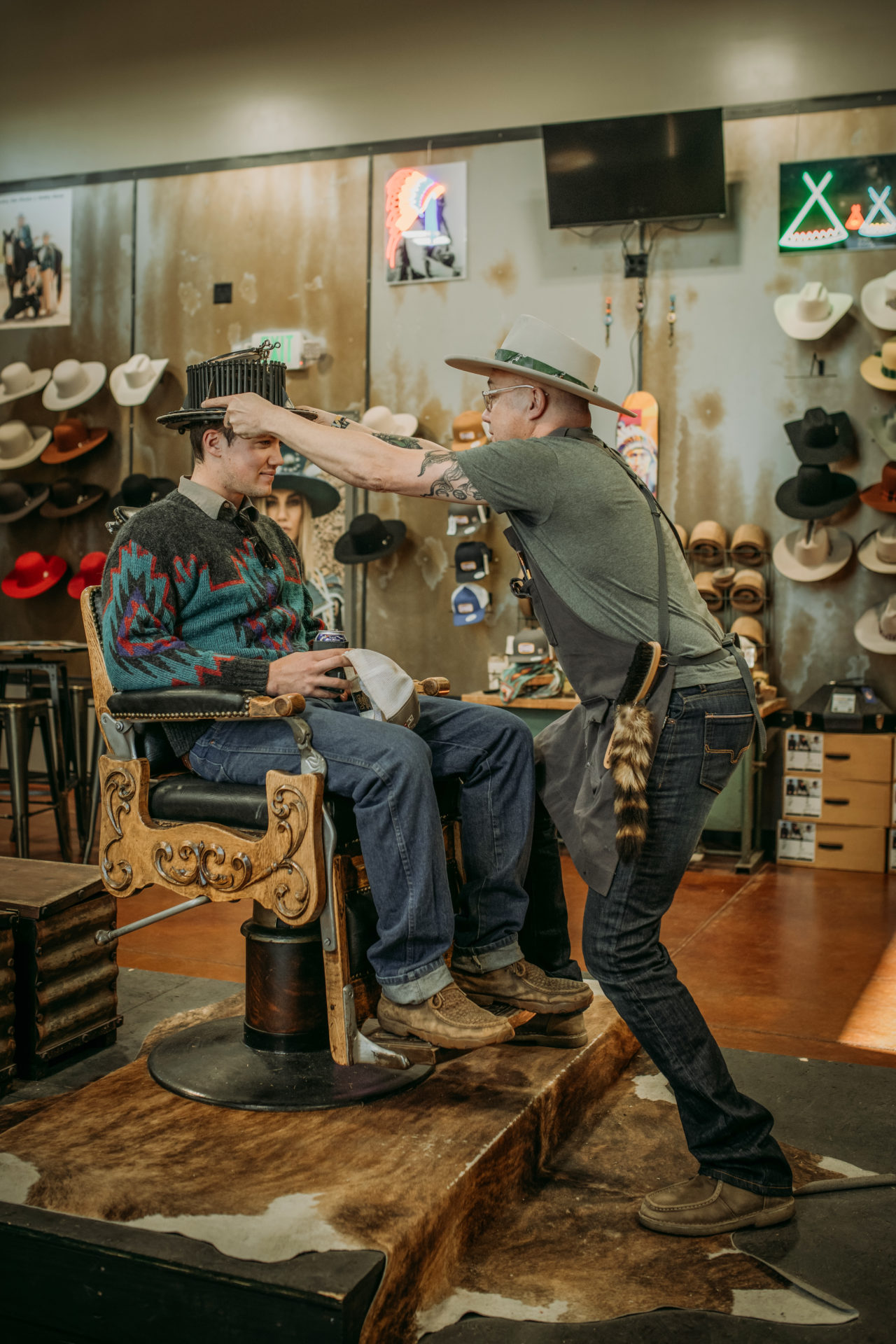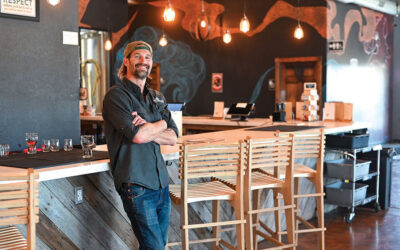Jennifer Guthals thought she knew what students in the Thompson School District were thinking when it came to their fears, concerns and anxieties. Surely they were scared of school shootings, right?
Four years ago, the district named her director of student success. It’s her task to lead a department formed solely to help kids with their emotional and social wellness. She wasn’t naive. She, too, was a middle schooler once, and she has as much desire to relive those days as you do.
Still, she was surprised—shocked, really—to learn from students that the one thing they feared the most was social media.
Loveland high school students brought up the issue after they instigated a walkout last spring to protest the fact that they weren’t informed about several shooting and bomb threats issued for their schools. Guthals led a district-wide forum soon after on security and safety to try to address their concerns. She spent most of her time listening to them.
It was disturbing enough, she says now, that students said they’d been threatened through social media, usually by those with masked identities, and that misinformation helped ignite rumors frightening enough that students would leave the school. One time, a student told her that someone found a cardboard box near the trash, and in minutes, because of the student’s post, everyone thought it was an empty box of ammunition. Three-fourths of the students fled the school, thinking they were about to be attacked.
But what really bothered Guthals was how students described the pervasiveness of social media, like a beast that followed them around, demanding to be fed. Many told her they had anxiety over it. Bullying was as easy as posting a picture. And it all happened so fast that squelching anything, even the most ridiculous rumor, was impossible.
“They basically told me I had no idea what it was like for them,” she says. “It really opened my eyes.”
The more she thought about it, the more sense it made to her. When students were struggling with mental health, social media came up. When students made poor choices, social media came up. Bullying? Social media inevitably came up.
“It comes up as a tangent to most of these kinds of subjects,” Guthals says.
It’s happening across the country, so much so that in January, Seattle Public Schools filed a lawsuit against TikTok, Instagram, Snapchat and other platforms to hold them accountable for what they called a mental health crisis. The National Alliance on Mental Illness also released concerns about how social media can interfere with learning people skills, connecting with others and developing healthy self-esteem.
Guthals now considers social media one of her greatest enemies and is taking it so seriously that she’s forming a game plan with The Tech-Savvy Parent, an organization devoted to helping parents deal with the social media era through online classes and coaching sessions. Greeley-Evans School District 6 also issued new policies this year to curb it.
“Parents say they want to keep it away, but this organization made it clear that we’ve lost that game,” Guthals says. “We have to teach each other strategies now.”
One threat is all it takes
Joe Dodero, a sophomore at Mountain View High School in Loveland, didn’t think much about social media until someone messaged him on Instagram.
He didn’t know the person, but after a few exchanges, the person told him he was planning to shoot up Dodero’s school and that he would come after him specifically.
Dodero uses Facebook and other platforms to talk about football. He’s quiet and unassuming, like most offensive linemen. The threat made him realize that he can’t do anything about someone harassing him online. He still doesn’t know who messaged him, even after he reported the incident and it was investigated.
“I never thought it would happen to me,” he says.
Dodero became part of a group of a half-dozen students who met with Guthals to address concerns about social media and other issues.
One of the group leaders, Marin Napolitano, a senior, says bullying has always been an issue at schools, but social media seems to have magnified it.
“It happens a lot more than I’m probably aware,” Napolitano says. “It’s a lot less of ‘Give me your lunch money’ and much more about mean messages, and those with less followers don’t have anyone who can back them up.”
Online bullying can be much worse than in-person conflict, Guthals says.
“Harassment, teasing, sexual conversations, those have all moved online,” she says. “You used to have to do those in person or on the phone. Now they can’t escape it.”
No protection
Many adults, even many parents, don’t see the dangers of social media because they use it themselves and enjoy it. Why can’t students have the same experience?
Well, social media wasn’t around when many of those parents were teenagers, Guthals says. Adults’ brains had already developed by the time Facebook blew up.
“You had a whole life of building tools and protective factors,” she says.
Those protective factors include parents, family and close friends, as well as teachers, church leaders, coaches, band directors and whoever else teaches us how to be human beings. They include activities, sports, get-togethers and dozens of other ways to connect with people in real life.
“You are accessing none of those things when you are engaging in social media,” Guthals says. “They’re not hiding the fact that they’ve designed these platforms around models of addiction. They’re very good at making you come back.”
Greeley-Evans School District 6 recognizes the same dangers of social media, even as officials also see it as an important communication tool.
“It can be abused in so many ways,” says Theresa Myers, chief of communications for the district. “That’s what we wrestle with.”
This year, for the first time, the district will block all social media from its own technology, meaning the computers and tablets students use.
“Principals asked us to do that,” Myers says. “It was a distraction, but kids were also doing naughty things.”
Social media has helped the district in more ways than just letting students and parents know when schools are closed for snow. Myers’ staff monitors student accounts through GoGuardian, a site that picks up threats of shootings and warning signs of suicide. The district has caught potential problems as a result.
“It can be a big burden for us, honestly,” Myers says. “But we have to do that.”
Social media does get discussed in classrooms, according to Myers, typically accompanying messages about bullying and harassment. But she believes there’s only so much a district can do.
“We do the best we can,” she says, “but a lot of what goes on is outside the school day.”
Stepping back
Dodero and Napolitano don’t plan to quit social media. They both say it’s a great way to connect with others, especially those who have similar interests, like the football forums Dodero enjoys spending time on. Napolitano says she researched colleges that way.
However, they have taken steps to lessen the hold social media has on them. Their accounts are private, for one thing. Dodero made his account private after his bad experience. Napolitano’s was always private.
“I’m more careful now,” Dodero says. “I definitely use it, but now I know who is seeing it.”
Both students understand the risks of social media and try to be careful about what they click on.
“It’s great because I can be connected to anyone,” Napolitano says, “but at the same time, they can be connected to you.”
They even made some of the same adjustments the rest of us make when limiting our screen time. They would stay up too late, they say, giving in to the temptation to keep scrolling well past midnight. Dodero now listens to music before he goes to sleep. Napolitano discovered the bliss of the Do Not Disturb feature.







